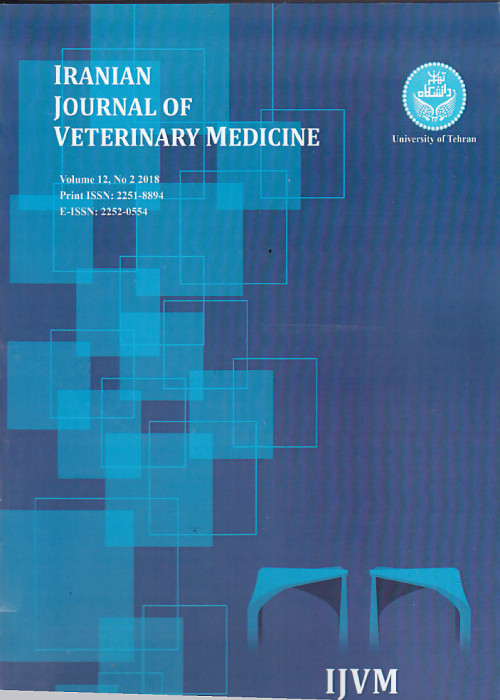Anatomical Study and Determination of the Animal Bones and Teeth Samples of the Excavation of Qareh Tape Sagzabad (Qazvin Province, Iran) in 2018 (Iron Age II and III) and Making 3D Models
Zooarchaeology shares close ties with Comparative Anatomy of Veterinary Medicine. This scientific discipline involves the study of the bones of various animals, using anatomical information to explore the place and role of these animal species in life and human survival, thereby enriching our knowledge about the interaction of humans and their ecosystems.
Using available anatomical information, this study investigated the typology of bone remains and animal teeth in the area of Qareh Tepe, Segzabad (Qazvin Province, Iran). Another goal was to detect the abnormal effects created by humans or animals in bones, such as cuts, burns, or chewing effects by carnivorous animals. By extracting this information, it is possible to analyze the livelihood economy of that historical site correctly.
A total of 1110 bone and teeth samples excavated in 2017 were analyzed. The samples were transferred to the Osteology Lab of the Anatomy Department of the Faculty of Veterinary Medicine, University of Tehran, Tehran City, Iran. Anatomical studies were conducted in several stages based on the excavated samples.
Among the detected animal samples, the highest percentage (30.09%) was related to sheep samples, and then the samples of small ruminants (26.94%) (which could not be separated). The percentages of gazelle, Asian water buffalo, wild boar, and chicken were trivial and less than 1%. In this study, abnormal symptoms were detected in the phalanges of the Caspian horse.
One of the remarkable points about the small ruminant samples separated at the species level in this study is that the number of sheep samples detected surpassed that of goats. It seems that the conditions for keeping sheep were more suitable. The number of Perissodactyla, especially horses, shows a significant increase compared to the Neolithic periods and the beginning of the complexity of Iron Age I technology. This finding indicates the use of horses and donkeys in agriculture and transportation activities.
- حق عضویت دریافتی صرف حمایت از نشریات عضو و نگهداری، تکمیل و توسعه مگیران میشود.
- پرداخت حق اشتراک و دانلود مقالات اجازه بازنشر آن در سایر رسانههای چاپی و دیجیتال را به کاربر نمیدهد.


